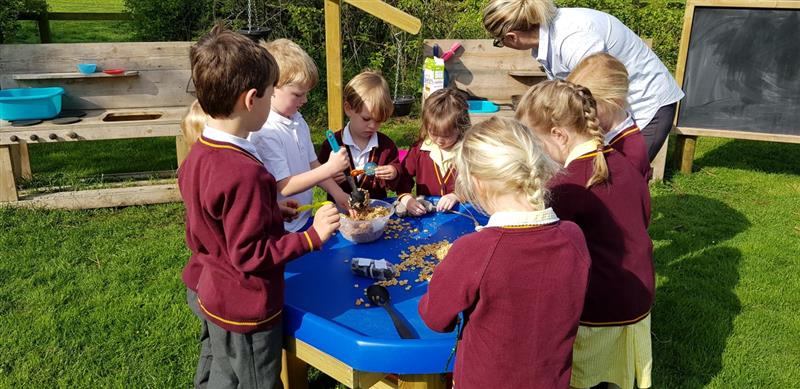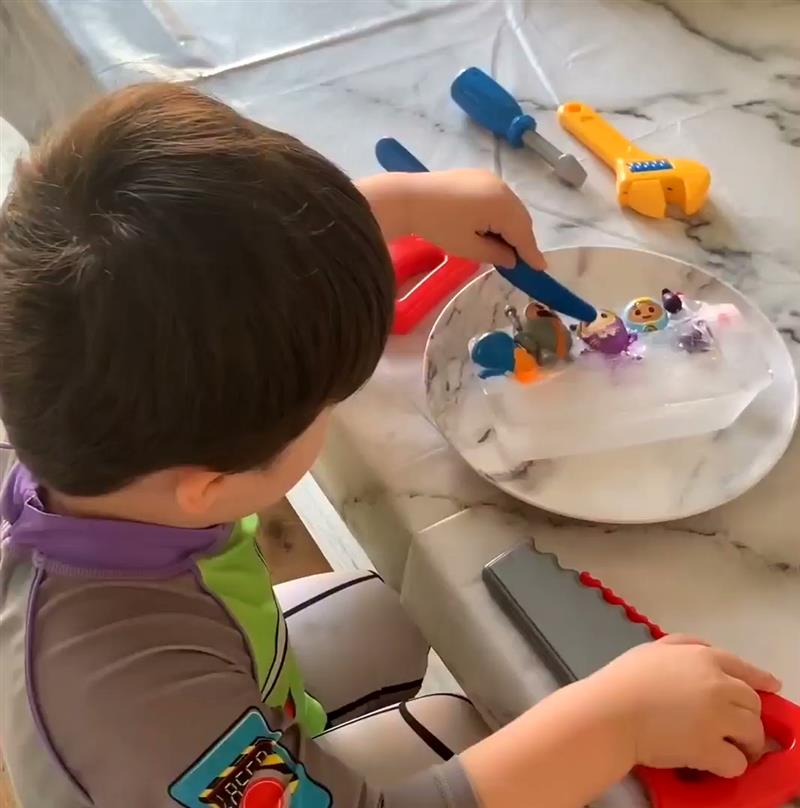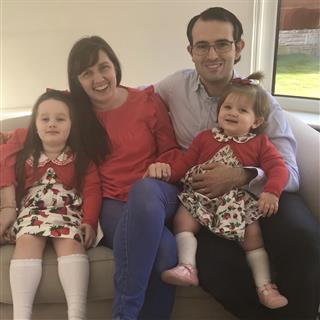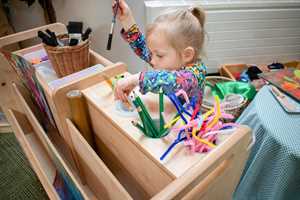Children's Health
Celebrating Bonfire Night in style and safety with these top tips and activities
Guy Fawkes night is an annual event in the British calendar which welcomes the autumn season, inviting us to light bonfires and observe fireworks.
Bonfire night dates back to 1605 where a group of men made a plan to blow up the Palace of Westminster in London, during the opening of Parliament. The plan aimed to re-establish Catholic Religion and eventually became known as the ‘Gunpowder Plot.’
.jpeg)
One of the significant members of the group was called Guy Fawkes, he positioned 36 barrels of gunpowder in the Houses of Parliament and awaited King James’ arrival. Guy Fawkes was to be responsible for lighting the gunpowder and causing the explosion however he was found by police during a search before the gunpowder exploded.
In the decades after the plot celebrations in England began to accompany this day. Fireworks are a reminder of the gunpowder that Guy Fawkes hid in the cellar and Guy Fawkes himself is often made from old clothes filled with newspaper before being placed on top of a bonfire.
Bonfire Night today is a much friendlier, family event which sees people attending displays or watching fireworks in their own gardens. This blog will provide activity ideas to use either at home or in the classroom in the lead up to Bonfire Night celebrations.
.jpeg)
Fine Motor Fireworks!
The awe and wonder of fireworks certainly intrigues young learners and this theme can be used across different curriculum areas. Coloured sand and glitter can be added to tuff trays where groups of children can practise making marks with their fingers or a paint brush to resemble fireworks.

This is a great opportunity for children to practise early mark making symbols such as zigzags, horizontal lines, spirals, circles and arches. Pupils enjoy the freedom this activity gives without leaving definite marks compared to using pencil and paper. Learners will want to create many different designs.
A similar activity encourages children to use cotton buds, brightly coloured paints and black card to create a dotty firework picture. Painting with a cotton bud provides excellent fine motor practise and encourages children to use a pincer grip.

Salt Painting involves precise fine motor concentration, leading to wonderful results which children will feel proud of. To make a firework inspired salt art picture use a squeezy bottle of PVA glue to draw firework designs such as spirals and starbursts. Then sprinkle table salt over your black card so that salt sticks to the PVA glue patterns. Shake off any excess salt and then carefully add bright water colour paint to the salt by dabbing using a small brush.
Firework patterns can be made in black playdough by adding items such as small beads or coloured pasta/chickpeas. Pupils will enjoy making their own firework designs by alternating colours and experimenting with different lines and shapes when pushing small objects into the dough.
.png)
The outdoor learning environment is the ideal location to create a large sale piece of firework art. Sheets of construction paper, fabric or plastic sheeting could be attached to the walls/floor and children can experiment with different paint techniques.
Pupils can splatter paint using brushes, pipettes or squirty bottles. Even sponges can be thrown at a canvas to create some firework splats developing creativity as well as whole body movements!
Alternative Ideas to Lighting Fireworks
For some children fireworks can be too loud and sudden and they will prefer to stay indoors perhaps crafting, playing or creating some tasty treats.
It is a very natural response to be scared of loud noises. Watching fireworks on television or listening to sound clips can help children to understand and prepare them beforehand. Noise cancelling headphones may be useful if children are attending organised events.
My own children enjoy making edible sparklers by covering breadsticks with melted chocolate before adding star sprinkles and edible glitter. As a healthy alternative children’s favourite fruits could be chopped into pieces and threaded onto foil cocktail sticks. A strawberry at the top of the skewer works well to create fruity rockets!
Children are usually experts at creating indoor dens using chairs, sofas, tables, bunkbeds, sheets and pegs. Once a den has been constructed children can create their own indoor firework displays using torches and glow sticks.
Glow sticks can be used to create some simple games for the whole family to enjoy such as glow in the dark bowling. Glow sticks can be placed in plastic bottles and positioned on a flat surface. A small ball can be used to knock bottes down and points awarded for each bottle knocked over.
An indoor firework disco can be a great form of physical exercise as children themselves become fireworks. Children could dance to the song ‘Firework’ by Katy Perry as they blast up, shoot forwards and twirl around demonstrating their best firework moves. Ribbons or strips of material will help to extend ideas and strengthen shoulder muscles.
If children are not keen on watching fireworks, they can create their own fireworks at home without any noise! ‘Fireworks in a Jar’ is a simple science experiment which children of all ages will enjoy observing.

Firstly, you need to fill a large clear jar/measuring cylinder ¾ of the way up with warm water. In a separate small bowl pour out 4 tablespoons of vegetable oil. Choose a few different liquid food colourings and add between 2 to 4 drops of each to the oil.
You may need to use a spoon to slowly mix the drops of food colouring to break them up into smaller droplets. Slowly pour the oil and food colouring mixture on top of the water and watch as the coloured drops begin to sink and spread out as they dissolve in the water, giving the appearance of fireworks!
Keeping Children Safe on Bonfire Night
Bonfire Night is an exciting time for children whether attending displays or observing fireworks at home. It is important to remember the dangers of fireworks in order to keep children safe.
The British Fireworks Association (BFA) Firework Code reminds us to stand a safe distance from fireworks and bonfires at all times. We should never go back to a lit firework and remember to light fireworks one at a time at the end of the fuse at arm’s length.
.jpeg)
Children under the age of 5 should never be given sparklers, if older children are using them, they must wear gloves and tight-fitting long sleeves. It is also advisable to tie long hair back.
When explaining to children how to use sparklers encourage them to use controlled movements in the air in front of them at about arm’s length. A bucket of cold water should be kept close by for expired sparklers.
.jpeg)
Holding a sparkler upright using a carrot can make handling sparklers safer and easier for children but children must know not to pull the sparkler out of the carrot when it has gone out as the metal sparkler is still very hot and can burn. Adults must remember to only light one sparkler at a time and it is also worth noting that children holding a sparkler should be standing at least six feet apart.
Children with pets can be involved with bringing their animals inside and keeping them close and safe on Bonfire Night. They may like to choose some relaxing music to mask the noise of fireworks and gather favourite toys to make their pet feel safe.
‘Remember, Remember, the 5th of November,
Gunpowder, treason and plot
I see no reason
Why gunpowder treason
Should ever be forgot.’
Whenever I hear this rhyme, it takes me back to my childhood and the excitement I felt when getting wrapped up warm and heading to a local display. Comforting food, the explosion of colours in the sky and the chance to hold a sparkler can create moments of awe and special childhood memories.
.jpeg)
From all of us here at Pentagon Play we hope you stay safe and snug and enjoy making memorable moments this Bonfire Night.



.jpeg)

